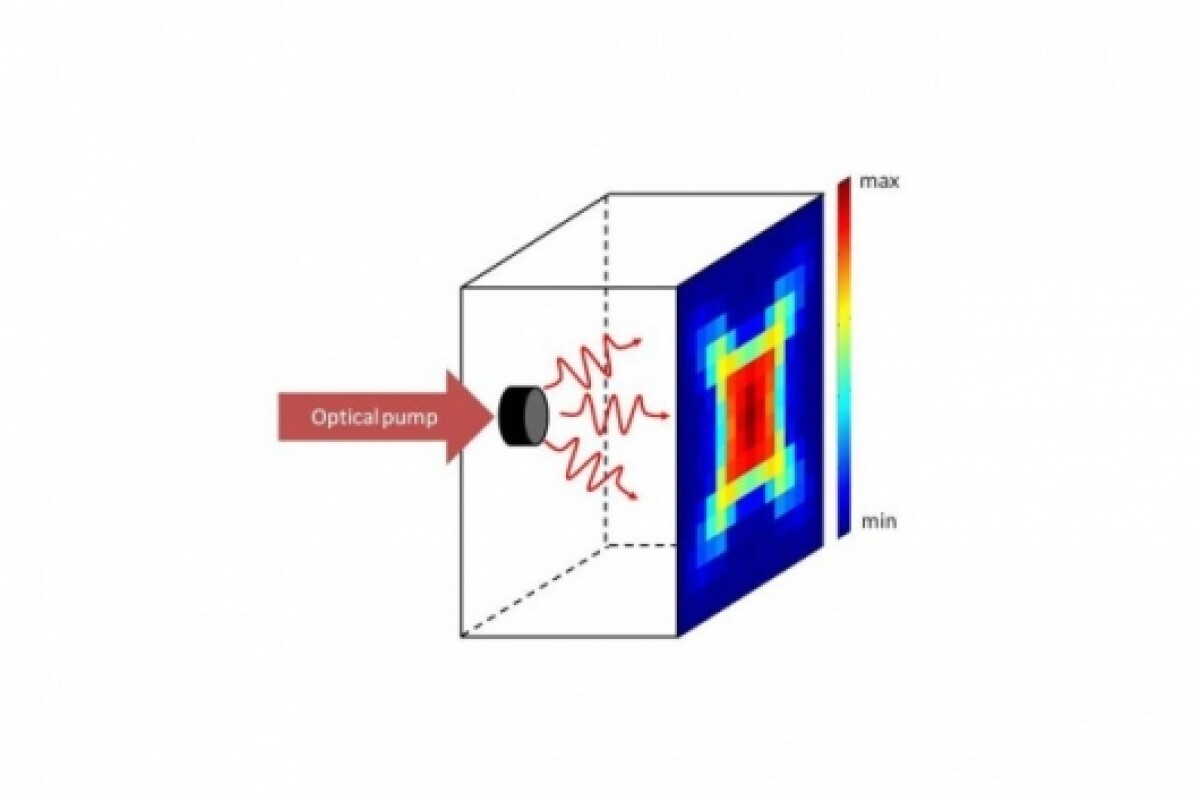A team of researchers has managed to build the first "saser" or sound laser, a device capable of generating a highly concentrated beam of sound waves at terahertz frequency that, while built out of simple scientific curiosity, could have important repercussions on nanoscale microchips' performance.
Lasers, or "Light Amplifiers by Stimulated Emission of Radiation," were first introduced fifty years ago and have since revolutionized the field of optics with applications spanning from CD-ROMs to surgical treatments. The sound laser builds on the same principle using sound waves, generating a highly concentrated beam of phonons instead of photons.
A chemical lasagna
To build the device, Prof. Kent from the University of Nottingham and an Ukrainian colleague used 50 alternating layers (each just a few atoms thick) of two chemical compounds known as aluminum arsenide and gallium arsenide, the latter being a solution widely used in place of silicon to build, among other things, efficient microwave frequency integrated circuits, infrared LEDs, laser diodes and solar cells.
The upper part of the arsenide 'lasagna' is exposed to an intense light beam which excites electrons in the material that, in turn, releases phonons. These phonons repeatedly bounce from one layer to the other: the spaces and orientation of the several layers have been chosen so that all of the weak echoes generated by the bouncing eventually combine into much stronger, highly concentrated sounds in which every particle is synchronized.
The team detected the saser by measuring its effect on a surface some distance away and found that it caused phonons to appear in the surface in a well-defined spot, the equivalent of seeing the dot of a laser pointer on a wall.
Ultrasounds, 1000 times faster
By Prof. Kent's own admission, the sound laser is little more than a scientific curiosity for the time being. Previous sasers have had little impact because of their limited speed, which was already obtainable in other ways: however, since this version can generate sound at much higher frequencies, this could unleash new ideas and applications.
"Fifty years ago many eminent scientists said that lasers were no more than a scientific curiosity," Prof. Kent said, but lasers are now used for everything from digital storage and cancer treatment to weaponry.
One of the few areas that the saser is already expected to be applied to is that of high-precision ultrasounds: terahertz frequencies mean in fact that scientists and engineers could use the device to probe and manipulate electronic devices at nanoscale level. Using sasers to manipulate electrons inside semiconductors could theoretically result in terahertz-frequency computer processors, much faster than the current chips.
The saser is also likely to find a number of possible applications in optoelectronics — the study and application of electronic devices that detect and control light — as a method of transmitting a signal from an end to the other, like with fiber optics.






